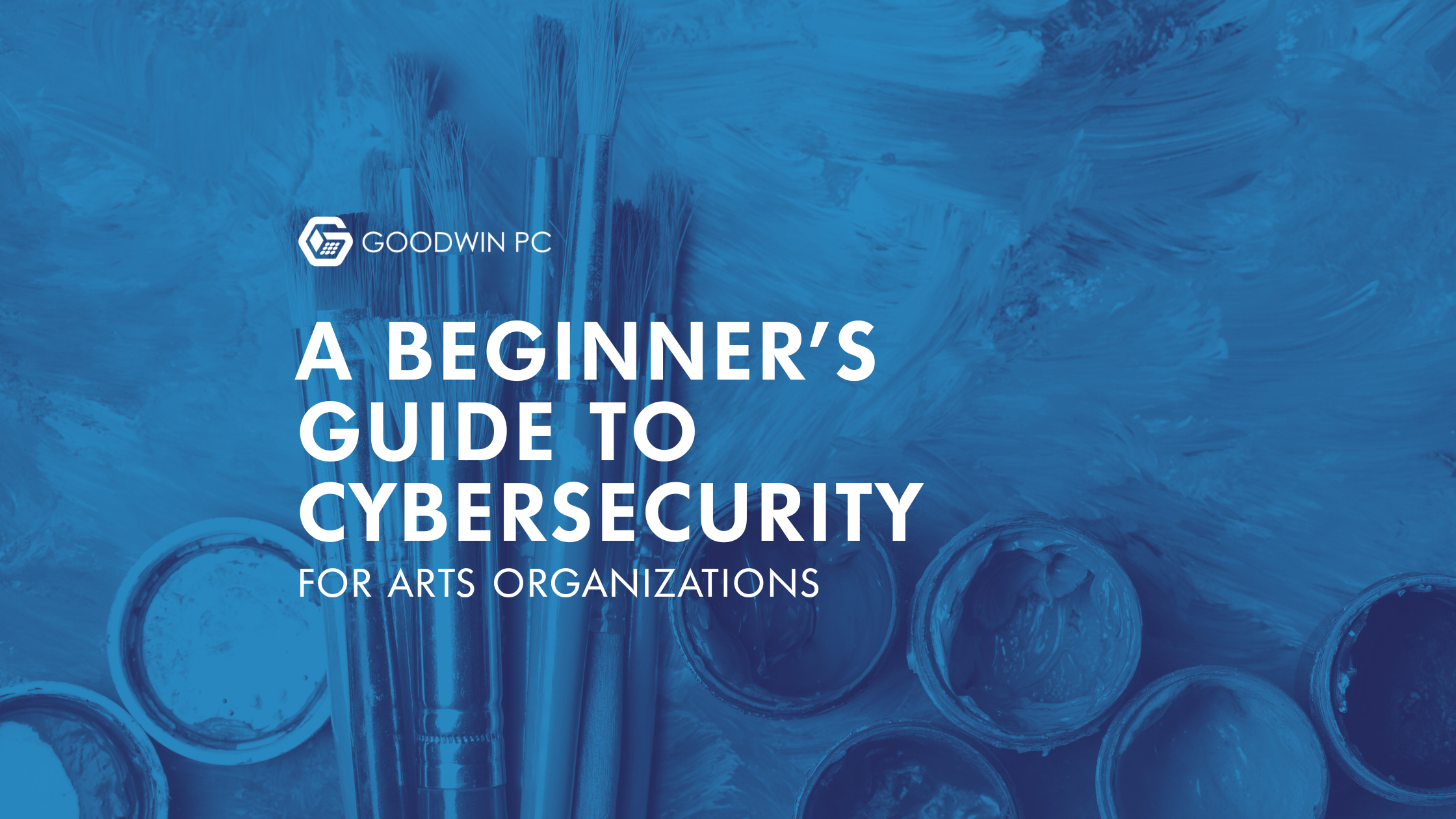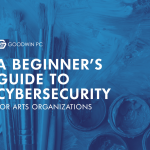 Arts organizations play a vital role in shaping culture, storytelling, education, and community connection. Behind every exhibition, performance, residency, festival, or outreach program, there is an enormous amount of sensitive information that must be protected. Donor records, payment information, artist contracts, volunteer and staff data, program files, grant documents, and ticketing systems are all valuable targets for cybercriminals.
Arts organizations play a vital role in shaping culture, storytelling, education, and community connection. Behind every exhibition, performance, residency, festival, or outreach program, there is an enormous amount of sensitive information that must be protected. Donor records, payment information, artist contracts, volunteer and staff data, program files, grant documents, and ticketing systems are all valuable targets for cybercriminals.
The good news is that strengthening cybersecurity does not have to be overwhelming. A few essential steps can dramatically reduce the risk of data breaches, ransomware, and operational downtime.
Here is a beginner friendly guide to help arts and cultural organizations stay secure and protect the important work they bring to the community.
Six Cybersecurity Must Haves for Arts and Cultural Organizations
1. Use Strong Passwords and Multi-Factor Authentication (MFA)
Passwords should be long, unique, and never reused. MFA adds an additional identity check and stops the majority of automated attacks.
2. Protect Against Phishing Attacks
Phishing emails often impersonate donors, vendors, granting organizations, or even staff members. These messages try to trick someone into clicking a harmful link or opening a malicious file.
3. Keep All Devices Updated
Computers, tablets, point of sale systems, and phones require regular updates to fix security vulnerabilities. Out-of-date devices are one of the most common entry points for attackers.
4. Back Up Your Files Every Day
Daily, secure, offsite backups are essential. They allow your organization to recover quickly from ransomware, system failures, or accidental deletion.
5. Safeguard Donor and Payment Information
Donor trust is foundational. Payment and financial data should be encrypted, securely stored, and limited to only the people who need access. Ticketing platforms, CRM systems, and donation tools must be configured securely.
6. Get a Cybersecurity Risk Assessment
Every organization has blind spots. A risk assessment identifies vulnerabilities, prioritizes what needs attention, and gives you a clear roadmap for strengthening your technology environment.
How Goodwin PC Helps Protect Arts Organizations
Your team should be able to focus on exhibitions, performances, education, and community impact without worrying about cybersecurity. Here is how our team supports each step of your security foundation.
1. Password and MFA Support
We help you implement secure password tools, enforce MFA across accounts, and create practical policies that keep your systems protected.
2. Email Security and Phishing Protection
We install and manage an email security system that filters spam, blocks suspicious links, flags impersonation attempts, and helps your staff identify phishing emails before anyone clicks.
3. Device and Update Management
We handle updates, monitor devices in real time, and fix vulnerabilities before they become a problem. Your team can work without delays or security gaps.
4. Reliable Daily Backups
We set up automated offsite backups and routinely test them so you can recover quickly from any incident without disrupting programming or operations.
5. Donor and Payment Data Protection
We secure how your organization stores, accesses, and protects sensitive information. This includes donor databases, ticketing systems, online giving tools, and internal financial processes.
6. Comprehensive Cybersecurity Risk Assessment
We evaluate your entire environment, identify vulnerabilities, and provide a clear, prioritized plan that aligns with your operations, your systems, and your mission.
Your Mission Deserves Strong Protection
The work you do enriches the community, preserves culture, and supports artists. With the right cybersecurity foundation, your team can stay focused on creating, educating, and inspiring without worrying about digital threats.
If your organization would like help improving your security or scheduling a cybersecurity risk assessment, Goodwin PC is here to support you.





